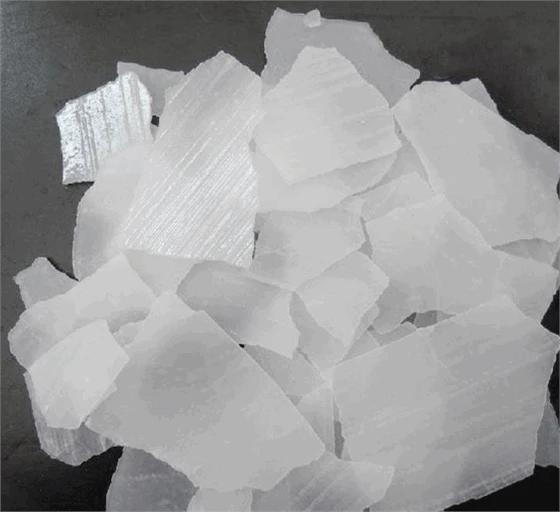



why polyacrylamide is used for protein separation
Why Polyacrylamide is Used for Protein Separation
Polyacrylamide gel electrophoresis (PAGE) is a widely employed technique for separating proteins based on their size and charge. This method has become a cornerstone in molecular biology, biochemistry, and protein chemistry, enabling researchers to analyze complex protein mixtures with high resolution. The choice of polyacrylamide as the gel matrix for protein separation stems from its unique properties and advantages, which will be discussed in this article.
1. Formation and Properties of Polyacrylamide Gels
Polyacrylamide is a synthetic polymer formed from the polymerization of acrylamide monomers. It is highly versatile, allowing researchers to control the percentage of the gel, thereby adjusting pore sizes to optimize it for different proteins. Low concentrations of polyacrylamide result in larger pore sizes, suitable for separating larger proteins, while higher concentrations create smaller pores, ideal for separating smaller proteins or peptides. This tunability enhances the utility of PAGE in a diverse array of applications.
The gel matrix is inherently stable and inert, providing an environment that minimizes protein degradation and denaturation. Additionally, polyacrylamide is readily available and cost-effective, making it an attractive material for laboratories worldwide.
2. Separation Mechanism
The primary mechanism behind protein separation in polyacrylamide gels is electrophoresis, which involves applying an electric field across the gel. Proteins are often treated with a denaturing agent, such as sodium dodecyl sulfate (SDS), which imparts a negative charge proportional to their size while linearizing them. When the electric field is applied, the proteins migrate through the gel matrix; smaller proteins move faster through the pores than larger ones, resulting in separation based on molecular size.
This size-based separation is particularly advantageous in contexts such as protein purification, characterization, and quantification. Moreover, the ability to visualize proteins post-separation using specific staining methods, such as Coomassie Brilliant Blue or silver staining, allows for easy analysis of complex samples.
3. Versatility and Customization
why polyacrylamide is used for protein separation

Polyacrylamide gels are not only robust in their basic separation capabilities but also offer a high degree of customization. Researchers can manipulate parameters such as pH, ionic strength, and the concentration of acrylamide to optimize conditions for specific proteins. Furthermore, gradients can be formed within the gel, creating a more refined approach to separation through gradient PAGE. This versatility enables the separation of proteins from a wide range of biological sources and creates opportunities for studying diverse protein interactions and functions.
4. Compatibility with Various Techniques
The use of polyacrylamide for protein separation seamlessly integrates with various downstream applications. After separation, proteins can be excised and subjected to mass spectrometry for identification, providing valuable insights into protein structure and function. Additionally, PAGE can be coupled with western blotting techniques, allowing for the detection of specific proteins using antibodies. This combination is particularly powerful for studying post-translational modifications, protein interactions, and functional assays.
5. Limitations and Future Directions
Despite its advantages, there are limitations to using polyacrylamide in protein separation. For large proteins or protein complexes, the resolution may not be sufficient. Furthermore, the process can be time-consuming, requiring several steps from gel preparation to electrophoresis and staining.
Recent advances in gel technologies and alternative methods, such as capillary electrophoresis and microfluidics, are emerging as possible substitutes or complements to PAGE. These developments hold the potential to enhance separation capabilities and reduce analysis times, fostering continuous improvement in the field of protein research.
Conclusion
Polyacrylamide gel electrophoresis remains a fundamental technique in the laboratory for protein separation, renowned for its resolution, versatility, and compatibility with various analytical techniques. Its ability to tailor the gel environment to specific research needs and its robust performance make it indispensable in molecular biology. As innovations continue to arise, polyacrylamide will likely evolve, maintaining its relevance in the ever-expanding landscape of protein research.
-
Why Sodium Persulfate Is Everywhere NowNewsJul.07,2025
-
Why Polyacrylamide Is in High DemandNewsJul.07,2025
-
Understanding Paint Chemicals and Their ApplicationsNewsJul.07,2025
-
Smart Use Of Mining ChemicalsNewsJul.07,2025
-
Practical Uses of Potassium MonopersulfateNewsJul.07,2025
-
Agrochemicals In Real FarmingNewsJul.07,2025
-
Sodium Chlorite Hot UsesNewsJul.01,2025










